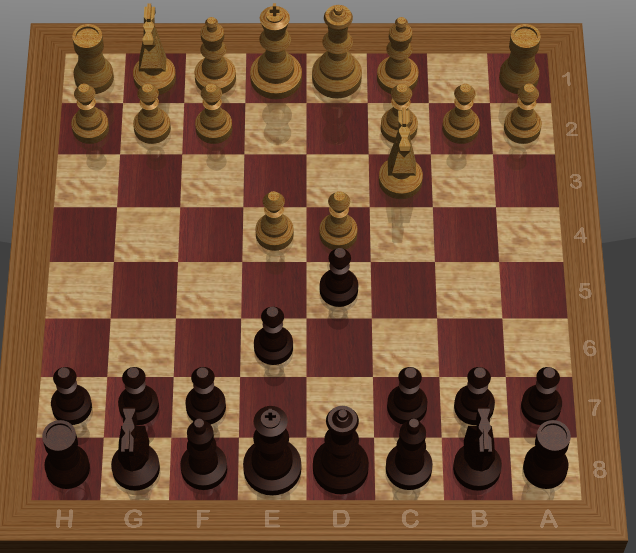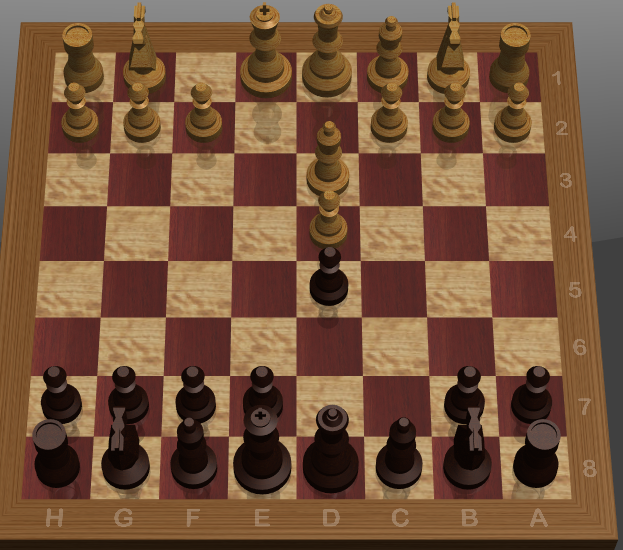The Ruy Lopez is a classic opening that continues to attempt to control the center through development.
- e4 e5
- Nf3 Nc6
- Bb5
The opening began with both sides moving their king pawns. White develops the king bishop, also attacking e5. Black counters by developing the queen knight and protecting e5. At this point, white moves the king bishop to b5. This develops the bishop and allows for a fast castle, it potentially pins the knight if black moves the queen pawn, and it attacks the piece that is protecting e5 – all in one!
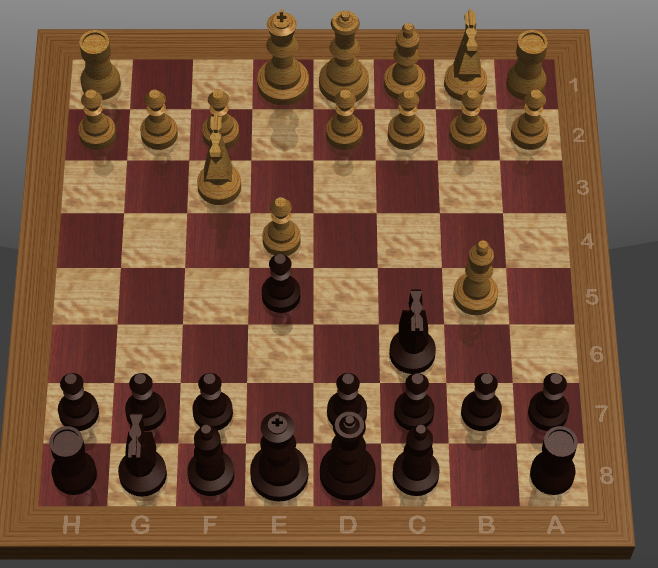
Clearly there are a lot of things that black can do here. Most of them end with advantages for white. The best approach seems to be to attack that bishop at b5.
3. … a6
4. Ba4 Nf6
Moving the pawn at a7 forces the bishop to move. This also caused black to have to develop a pawn that was not in the middle of the board, which is great for white. The bishop still threatens the knight and black would have to waste another move (b5) to get rid of that bishop. Black instead choses to attach the white pawn at e4.
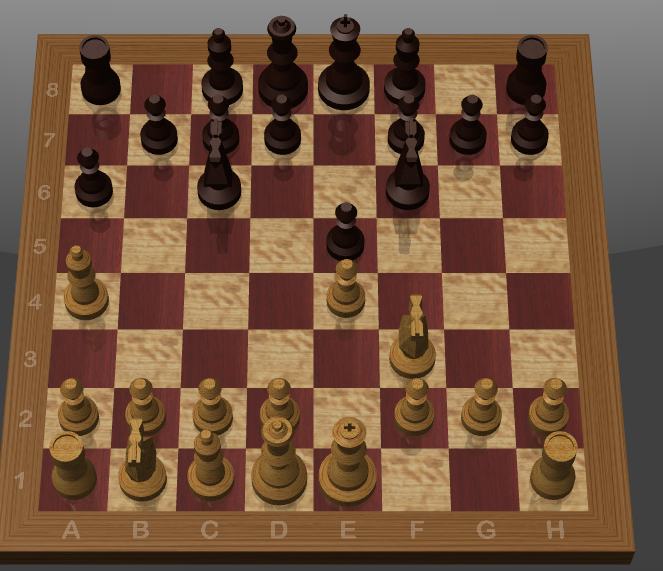
It’s not unusual for this line to play out as follows:
5. 0-0 Be7
6. Re1 b5
7. Bb3 d6
8. c3 Na5
9. Bc2 c5
10. d4 Qd7
White castle. Black moves the king bishop to e7 to make room for castling. White develops the rook with move 6 and black finally attacks the bishop at a4, forcing it to move. Black then moves the queen pawn to d6 to protect e5. White sets up an attack with c3, black counters by attacking the bishop and moving to c5. White makes its bid for the center with move ten.
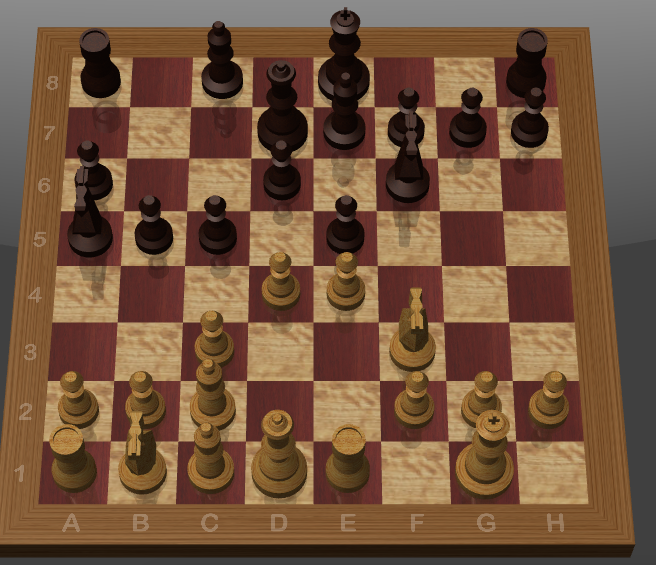
From here, black is still cramped. White will continue attempting to pressure the center and build up pressure to attack the black king. Black must solidify the center and open a file to be able to attack on the queen side.


